Automotive Sector Growth
The automotive industry is undergoing a transformation, with a notable shift towards electric vehicles (EVs) and advanced manufacturing techniques. This evolution is expected to bolster The Global Zinc Industry, as zinc is increasingly utilized in automotive applications for corrosion resistance and lightweighting. In 2025, the automotive sector is anticipated to account for around 20% of total zinc consumption, driven by the need for durable and efficient materials. Furthermore, the integration of zinc in battery production for EVs may further augment its demand. As the automotive sector continues to innovate, The Global Zinc Industry is likely to benefit from these advancements, indicating a promising outlook.
Infrastructure Development
The ongoing expansion of infrastructure projects worldwide appears to be a primary driver for The Global Zinc Industry. Governments and private sectors are investing heavily in construction, transportation, and energy sectors, which require substantial amounts of zinc for galvanization and alloy production. For instance, the demand for zinc in the construction of bridges, roads, and buildings is projected to increase as urbanization accelerates. In 2025, the global consumption of zinc in construction is estimated to reach approximately 13 million metric tons, reflecting a robust growth trajectory. This trend suggests that as infrastructure development continues, The Global Zinc Industry will likely experience sustained demand, thereby enhancing its market dynamics.
Renewable Energy Initiatives
The Global Zinc Industry. Zinc Market plays a crucial role in the production of solar panels and wind turbines, both of which are essential components of sustainable energy systems. In 2025, the demand for zinc in renewable energy applications is projected to increase by approximately 15%, reflecting the growing emphasis on clean energy solutions. This trend suggests that as countries strive to meet their renewable energy targets, The Global Zinc Industry will likely see a corresponding rise in demand, thereby enhancing its overall market potential.
Technological Innovations in Mining
Advancements in mining technologies are poised to reshape The Global Zinc Industry. Innovations such as automation, artificial intelligence, and improved extraction techniques are enhancing the efficiency and sustainability of zinc production. These developments may lead to reduced operational costs and increased output, potentially resulting in a more competitive market landscape. In 2025, the global zinc production is expected to reach approximately 14 million metric tons, driven by these technological improvements. As mining operations become more efficient, The Global Zinc Industry could experience a surge in supply, which may influence pricing and availability in the coming years.
Rising Demand from the Construction Sector
The construction sector's resurgence is likely to be a pivotal driver for The Global Zinc Industry. With increasing investments in residential and commercial projects, the demand for zinc is expected to rise significantly. In 2025, the construction industry is projected to consume around 30% of the total zinc production, primarily for galvanizing steel to prevent corrosion. This trend indicates that as construction activities ramp up globally, The Global Zinc Industry will likely benefit from heightened demand, thereby reinforcing its market position. The interplay between construction growth and zinc consumption suggests a robust future for the industry.
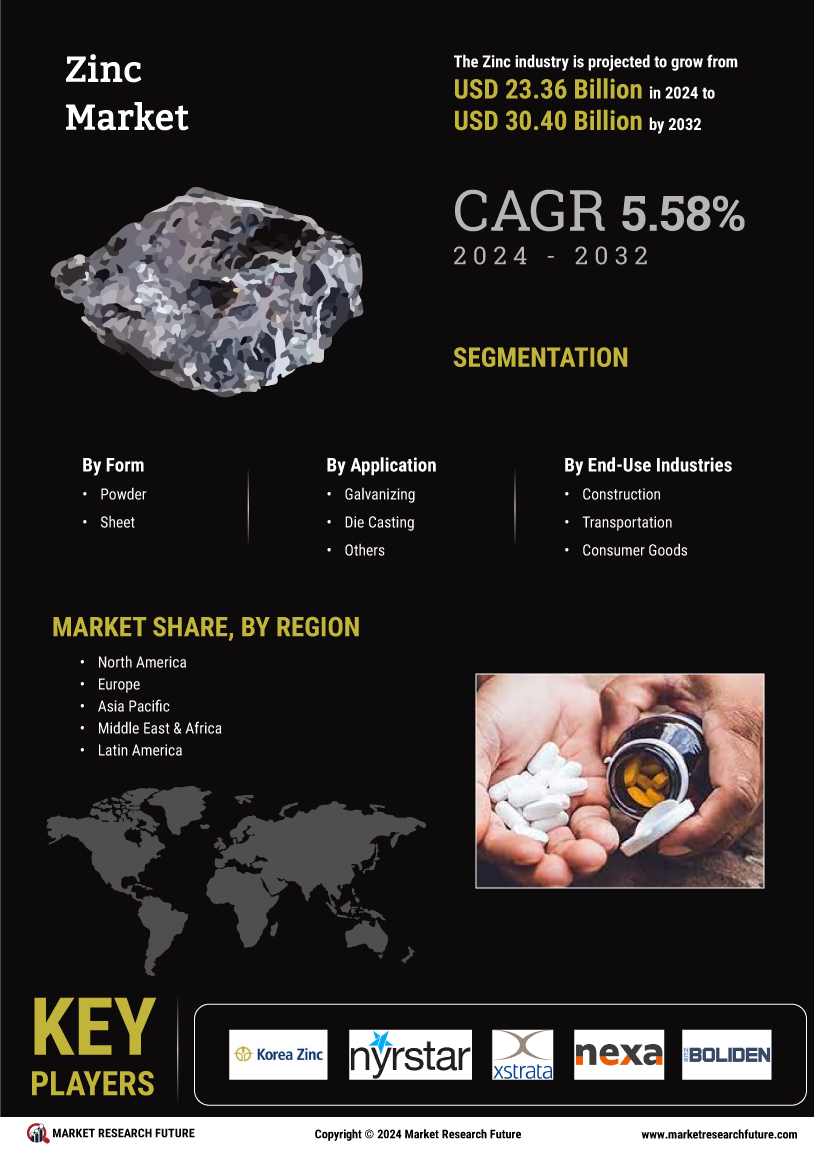

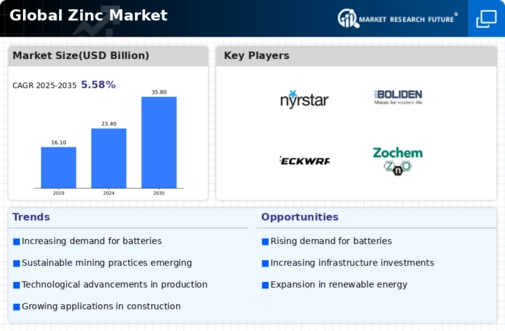

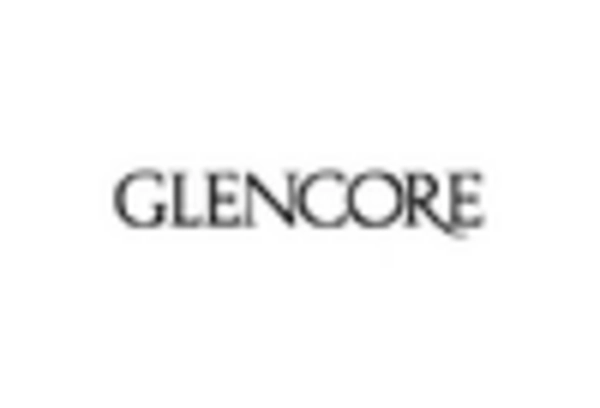

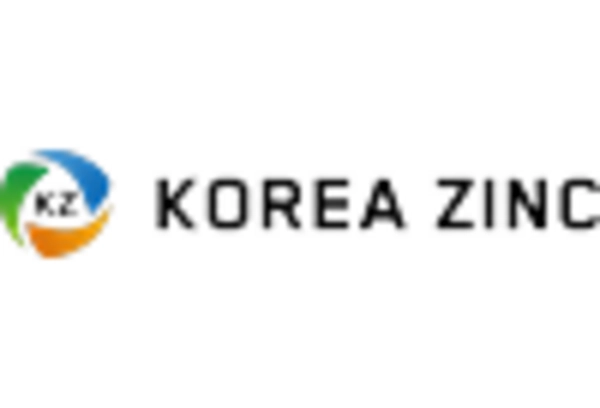

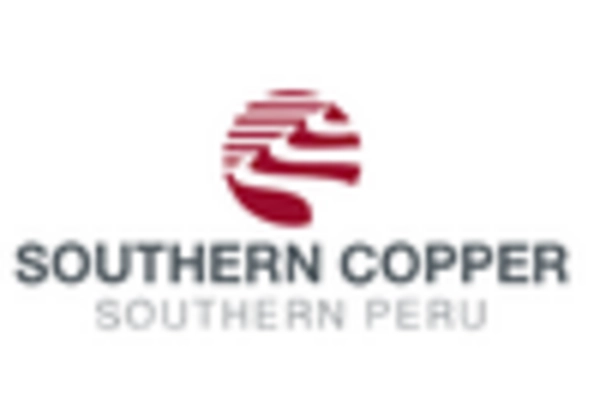
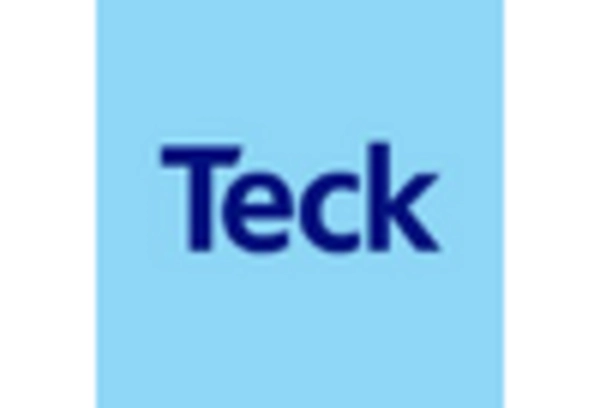








Leave a Comment